Employee transitions, especially planned ones, can be challenging for any organization. Whether an employee is leaving for a new opportunity or going through a personal change, preparing for a transition can ensure a smoother process for both the departing employee and the remaining team members. Here are six practical tips to managing planned employee transitions.
1. Start Redistributing Tasks Early
As soon as you know an employee will be transitioning, start redistributing their tasks. Identify what the employee currently does and reassign it to others. This gives your team members time to ask the exiting employee questions about the role, which helps ease the transition. By doing this early, you also allow others to step into new responsibilities and feel empowered during the change.
2. Reduce Non-Essential Work
If the departing employee was involved in many meetings or standing committees, consider relieving them of non-essential work. This will allow them to focus on their primary responsibilities during the final weeks, without the added pressure of commitments they won’t be able to continue after leaving. It also prevents team members from having to attend unnecessary meetings post-departure.
3. Create a Detailed Handover Document
A comprehensive handover document is key to ensuring a smooth transition. Collaborate with the departing employee to capture everything that the new person will need to know. Don’t wait until the last day to create this document. Take the time to revisit it together, making sure it covers all important tasks and procedures.
4. Collaborate on the Transition Plan
Creating a transition plan shouldn’t be a solo task. Dr. Pham recommends drafting the initial plan and then inviting input from remaining team members. This collaborative approach not only empowers employees but also ensures they feel invested in the transition. Their input may lead to valuable ideas and solutions that may not have been considered initially.
5. Conduct an Exit Interview
An exit interview offers a chance for both the departing employee and the manager to exchange constructive feedback. It’s an opportunity for the employee to reflect on their time with the company, and for the manager to learn about what worked well and areas for improvement. Conducting an exit interview can provide insights that help improve future transitions.
6. Host a Goodbye Party
A simple goodbye party—whether in person or virtual—can go a long way in creating closure. A brief 30–45 minute virtual gathering with colleagues can express gratitude and say their farewells. At CuriosityBased, we also create goodbye videos highlighting the contributions of the departing employee, which serves as a keepsake for them and adds a personal touch to the farewell.
Bonus Tips for a Smoother Transition
1. Create a Goodbye Message:
Invite the departing employee to write a letter to their colleagues, clients, and vendors. In the message, they can share what they are proud of accomplishing, what they’ll miss, and what’s next for them. This helps prevent speculation about the departure and honors the employee’s contributions.
2. Overlap Time with the New Employee:
If budget allows and the replacement is known in advance, try to create overlap time between the departing employee and the new hire. This allows for offboarding and onboarding to happen simultaneously, making the transition smoother for everyone involved.
Employee transitions are always stressful, but with these strategies, you can reduce the disruption and ensure a smooth and productive transition for both the team and the departing employee. By preparing early, communicating clearly, and providing closure, you can help everyone involved navigate the change with confidence.
We hope these tips help you manage your next employee transition with ease. If you found this post useful, please like and share it!








Leave a Reply